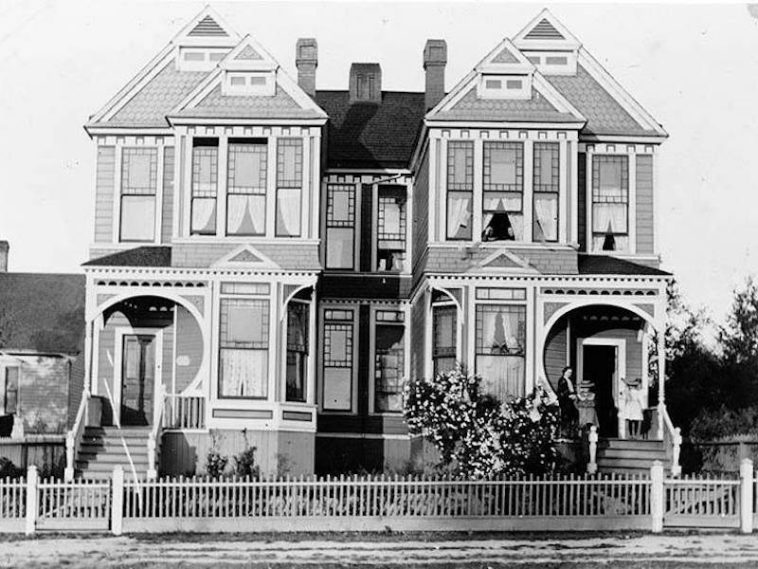The Apostrophe Blog
Several months ago, I was playing around with a form invented by the poet Jericho Brown called the duplex. I decided to modify his duplex into a form of my own that I christened the “double-block.”
In Northeastern Pennsylvania, most particularly the Wilkes-Barre area where I grew up (and apparently nowhere else in America!) the term “double-block” is used as a synonym for the duplex and the two-family home. My family lived in one for many years; in fact, my parents actually converted ours into a single home (still with two addresses!) when I was in junior high school. So it seemed fitting to me that my own form—inspired by Brown’s duplex concept—should take that regionalism for its name.
The double-block is a poem of twenty lines in couplets. It’s both an American form of the ghazal and a modification of the duplex form invented by Jericho Brown. It was inspired by Brown who wrote this about how he named his creation: “I decided to call the form a duplex because something about its repetition and its couplets made me feel like it was a house with two addresses.”
Here is an example by Brown fittingly titled “Duplex.” For Jericho Brown, “the duplex holds tradition in its embrace while calling that embrace into question”—as I’d like to think the double-block form does as well. In the double-block, each line contains anywhere from nine to twelve syllables.
With syntactical modifications, the double-block attempts to follow Brown’s duplex rules as follows:
- The first line is echoed in the last line.
- The second line of the poem should change our impression of the first line in an unexpected or surprsing, yet related, way.
- A version of the second line is echoed and becomes the third line.
- The fourth line of the poem should change our impression of the third line in an unexpected or surprising, yet also related, way.
- This pattern continues until the penultimate line becomes the first line of the couplet that leads to the final (and first) line, again with syntactical modifications as needed.
- With syntactical modifications, the double-block attempts to follow Brown’s duplex rules as follows:
Here are the three opening stanzas from one of my double-block experiments, “Post-Deluge Double-Block.” In June 1972, the year before my high school senior year, my family’s home in a small town on the Susquehanna River in northeastern Pennsylvania was partially destroyed by the floodwaters from Hurricane Agnes.
The public domain image above is the Eshelman duplex in West Seattle, Washington, circa 1899.
Post-Deluge Double-Block
After the flood, too many rooms in disrepair
Were left neglected. There grew no effort to erase
An obvious neglect, to willingly efface
The mud that tattooed floors, clogged pipes, displaced
Our muddled lives, clogged every floored embrace
Of mummy bags on cots, the Coleman camping stove.
.
- Published but Uncollected: “My Bikini Goes to Goodwill” - June 17, 2025
- So Much Beauty… - May 27, 2025
- Blank Verse: Old-Fashioned Yet Modern - May 25, 2025

